
Cold Turkey is a term that is commonly used to describe the sudden and complete cessation of a habit, particularly when it comes to drug addiction. Most people know the term, but not many know where it comes from or why it's used. In this article, we're going to explore the origin of the term Cold Turkey and how it came to be associated with addiction.
What Does Cold Turkey Mean?

The term Cold Turkey refers to the physical symptoms that occur when someone stops taking drugs or alcohol abruptly. These symptoms can include sweating, shaking, nausea, vomiting, and diarrhea. The term is believed to have originated in the early 1900s and was first used to describe the abrupt and unpleasant nature of the symptoms.
Where Did The Term Cold Turkey Come From?

The origin of the term Cold Turkey is somewhat unclear, but there are a few theories. One theory is that the term comes from the phrase "talk turkey," which means to speak bluntly and honestly. Another theory is that the term comes from the physical appearance of a cold turkey, which is said to resemble the goosebumps and clammy skin that occur during withdrawal.
The Evolution of the Term Cold Turkey
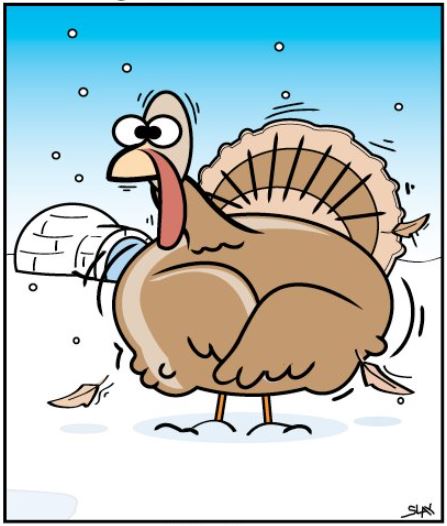
Over time, the term Cold Turkey has come to be associated specifically with addiction and drug withdrawal. It's often used to describe the process of quitting drugs or alcohol "cold turkey," which means stopping abruptly without any tapering or weaning off. While this approach may work for some people, it can be dangerous for others, especially those who are addicted to certain drugs.
Is Quitting Cold Turkey Safe?

Quitting drugs or alcohol cold turkey can be safe for some people, depending on the substance and the severity of the addiction. However, it's important to note that some drugs, such as benzodiazepines and alcohol, can cause life-threatening withdrawal symptoms if stopped abruptly. For this reason, it's always best to consult with a healthcare professional before attempting to quit any substance cold turkey.
Conclusion
The term Cold Turkey has become a popular way to describe the sudden and complete cessation of a habit, particularly when it comes to addiction. While the origin of the term is somewhat unclear, it's clear that it has evolved over time to become associated specifically with drug and alcohol withdrawal. If you or someone you know is struggling with addiction, it's important to seek professional help and not attempt to quit cold turkey without medical supervision.
Related video of Origin Of Term Cold Turkey
As the saying goes, “what’s in a name?” – but for many of us, our name holds a special significance. Whether it was chosen for us by our parents or we chose it ourselves, our name becomes a part of our identity. In this article, I will share the story behind the origin of my name.
Family Tradition

In my family, it is a tradition to name the firstborn son after the paternal grandfather. My father’s name is Robert, and his father’s name was also Robert. So, when I was born, my parents decided to continue the tradition and name me Robert as well.
However, they didn't want to simply call me Robert, so they chose to give me a middle name that starts with the letter “J”. They settled on James, which is a name that has been passed down through my mother’s family for generations.
Meaning of the Name

The name Robert is of Germanic origin and means “bright fame”. It was a popular name throughout Europe during the Middle Ages and Renaissance period. James, on the other hand, is of Hebrew origin and means “supplanter”. It is a name that has been borne by many notable figures throughout history, including several kings of Scotland.
While I don’t know if my parents chose my name based on its meaning, I like to think that it reflects their hopes for my future – that I will achieve great things and be remembered for them.
Nickname

Throughout my life, I have gone by many nicknames. Some of my friends call me Rob, while others call me Bobby. My family members usually call me by my full name, Robert James. It’s funny how a name can take on so many different forms depending on who is using it.
Name Recognition

One interesting thing about having a common name like Robert is that it can be difficult to stand out. When I was in school, there were always several other Roberts in my classes, so teachers would often have to call us by our last names to avoid confusion.
However, having a common name can also have its advantages. It’s easy for people to remember and pronounce, and it’s unlikely that anyone will misspell it.
Cultural Significance

The name Robert has had a significant cultural impact throughout history. It has been the name of several kings of Scotland, as well as numerous other notable figures. In literature, there have been many characters named Robert, including Robert Walton in Mary Shelley’s Frankenstein and Robert Langdon in Dan Brown’s The Da Vinci Code.
James, too, has had a strong cultural impact. It is the name of several important figures in the Bible, including two of Jesus’ apostles. It has also been borne by several kings of Scotland and England.
Conclusion
While my name may not be particularly unique, it holds a special significance to me. It represents my family’s traditions and reflects their hopes for my future. I may go by many different nicknames, but at the end of the day, I am proud to be Robert James.
Related video of Origin of My Name
Introduction
The Himalaya mountain range is one of the most magnificent and awe-inspiring natural wonders of the world. It is located in the northern part of the Indian subcontinent, stretching over 1,500 miles from the Indus River in the west to the Brahmaputra River in the east. The Himalayas are home to some of the highest peaks in the world, including Mount Everest, which stands at 29,029 feet above sea level. But have you ever wondered how these magnificent mountains came into existence? In this article, we will explore the origin of the Himalaya mountain range.
Plate Tectonics
The Himalaya mountain range was formed due to the collision of two tectonic plates – the Indian Plate and the Eurasian Plate. It is believed that about 50 million years ago, the Indian Plate broke away from the supercontinent of Gondwana and started moving northwards. As it moved towards the Eurasian Plate, it began to subduct beneath it, causing the crust to thicken and rise, ultimately leading to the formation of the Himalayan mountain range.
Geological Processes
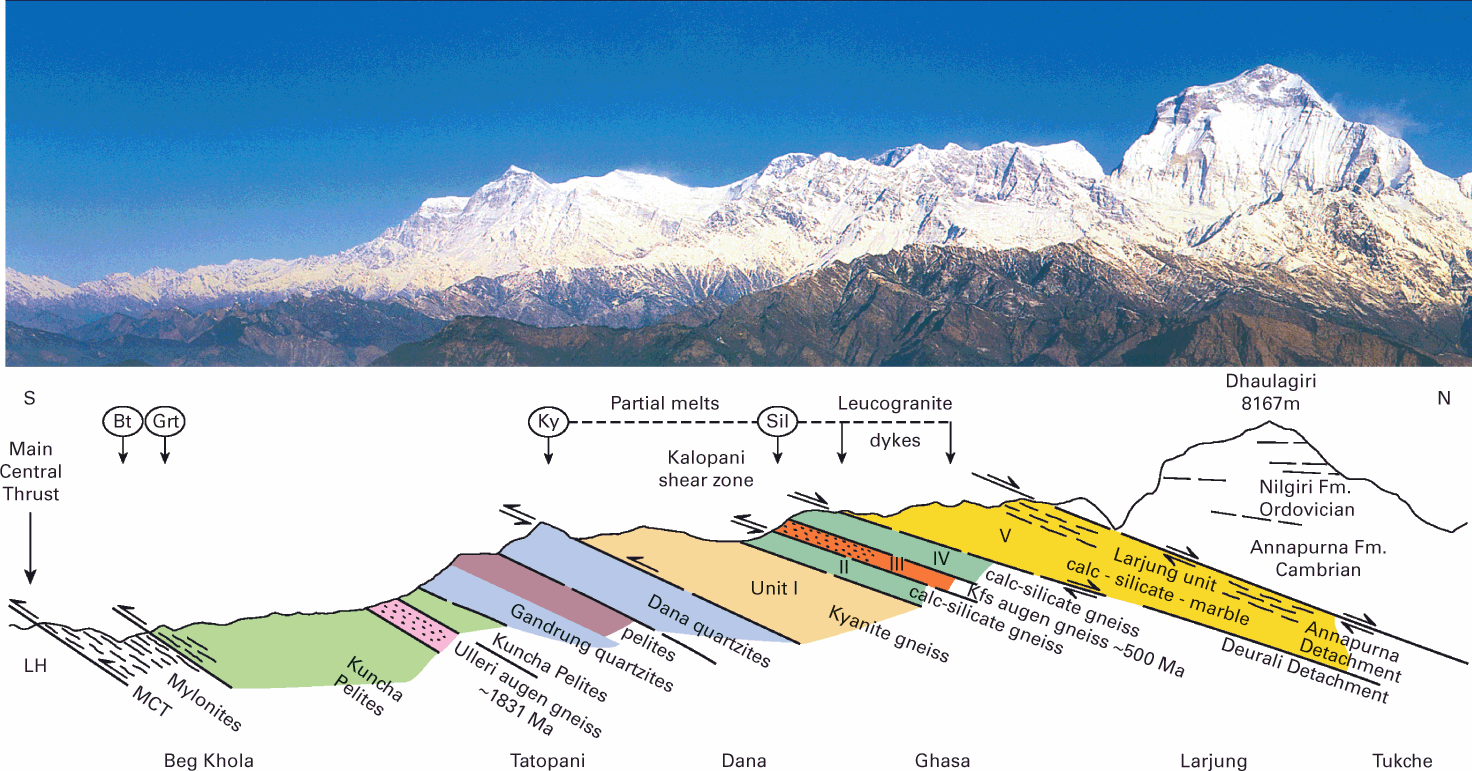
The formation of the Himalayas involved a number of geological processes such as compression, folding, faulting, and uplift. The compressive forces between the two plates caused the rocks to fold and fault, resulting in the uplift of the mountain range. The Himalayas are also home to several active faults, which have led to numerous earthquakes in the region over the years.
The Birth of the Himalayas
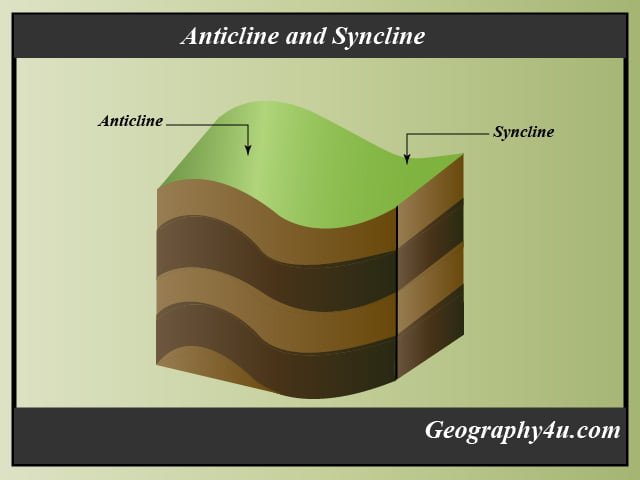
The birth of the Himalayas is thought to have started around 70 million years ago when the Indian Plate began to move northwards towards the Eurasian Plate. The collision between the two plates resulted in the formation of the Tethys Sea, a massive body of water that stretched from the Mediterranean to the Pacific. As the Indian Plate continued to move towards the Eurasian Plate, it began to push up the sedimentary rocks that had accumulated at the bottom of the Tethys Sea, leading to the formation of the Himalayan mountain range.
Glaciation

Glaciation also played a crucial role in shaping the Himalayan mountain range. During the last Ice Age, which ended about 10,000 years ago, massive glaciers covered much of the Himalayas, carving out deep valleys and leaving behind U-shaped valleys, moraines, and other glacial features. Today, the Himalayas are home to some of the largest glaciers outside of the polar regions.
Biodiversity
The Himalayan mountain range is not only a geological wonder but also a hotspot of biodiversity. It is home to a vast array of flora and fauna, including several endangered species such as the snow leopard, Himalayan black bear, and the Bengal tiger. The Himalayas are also home to numerous indigenous communities who have lived in the region for thousands of years, adapting to the harsh mountain environment and developing unique cultures and traditions.
Conclusion
The Himalaya mountain range is a testament to the power of nature and the incredible forces that shape our planet. From plate tectonics and geologic processes to glaciation and biodiversity, the Himalayas are a complex web of interconnected systems that have come together to create one of the most magnificent natural wonders of the world.
Related video of Origin Of Himalaya Mountain
When we hear the term "buck," we often think of it as slang for a dollar. But where did this term come from? Let's explore the history of "buck" as a slang term for money.
The Early Days
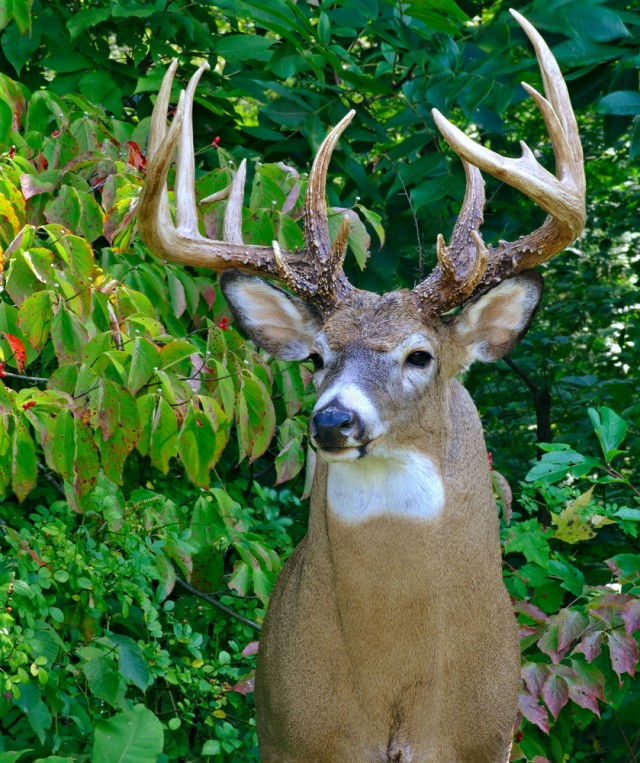
The term "buck" has been used in some form or another for centuries. It originally referred to a male deer, which was a valuable animal for hunting and trading. In fact, the word "buck" was commonly used to refer to various types of male animals, such as horses and goats.
It's unclear when "buck" first started being used to refer to money, but it likely happened in the 1800s. At the time, one dollar was often represented by a silver coin that had a buck, or male deer, on it. This coin was known as a "buck," and it's possible that people started using the term to refer to money in general.
The Wild West
The term "buck" gained popularity in the late 1800s and early 1900s during the Wild West era. Cowboys and other Westerners commonly used the term to refer to money, and it became a part of the Western slang vocabulary.
During this time, "buck" was also used in other contexts. For example, if someone was "bucking" a bronco, it meant they were trying to ride it. And if someone was "bucking the tiger," it meant they were gambling.
Modern Usage
Today, "buck" is still commonly used as a slang term for a dollar. It's often used in casual conversation and in popular culture, such as in song lyrics and movies.
It's worth noting that "buck" can also be used to refer to larger amounts of money. For example, someone might say they spent "big bucks" on a car or a vacation.
In Conclusion
The exact origins of "buck" as a slang term for money are uncertain, but it likely started in the 1800s. The term gained popularity during the Wild West era and is still commonly used today. Whether you're spending a few bucks or a lot of bucks, the term remains a popular way to refer to money.
Related video of Origin Of Buck For Dollar
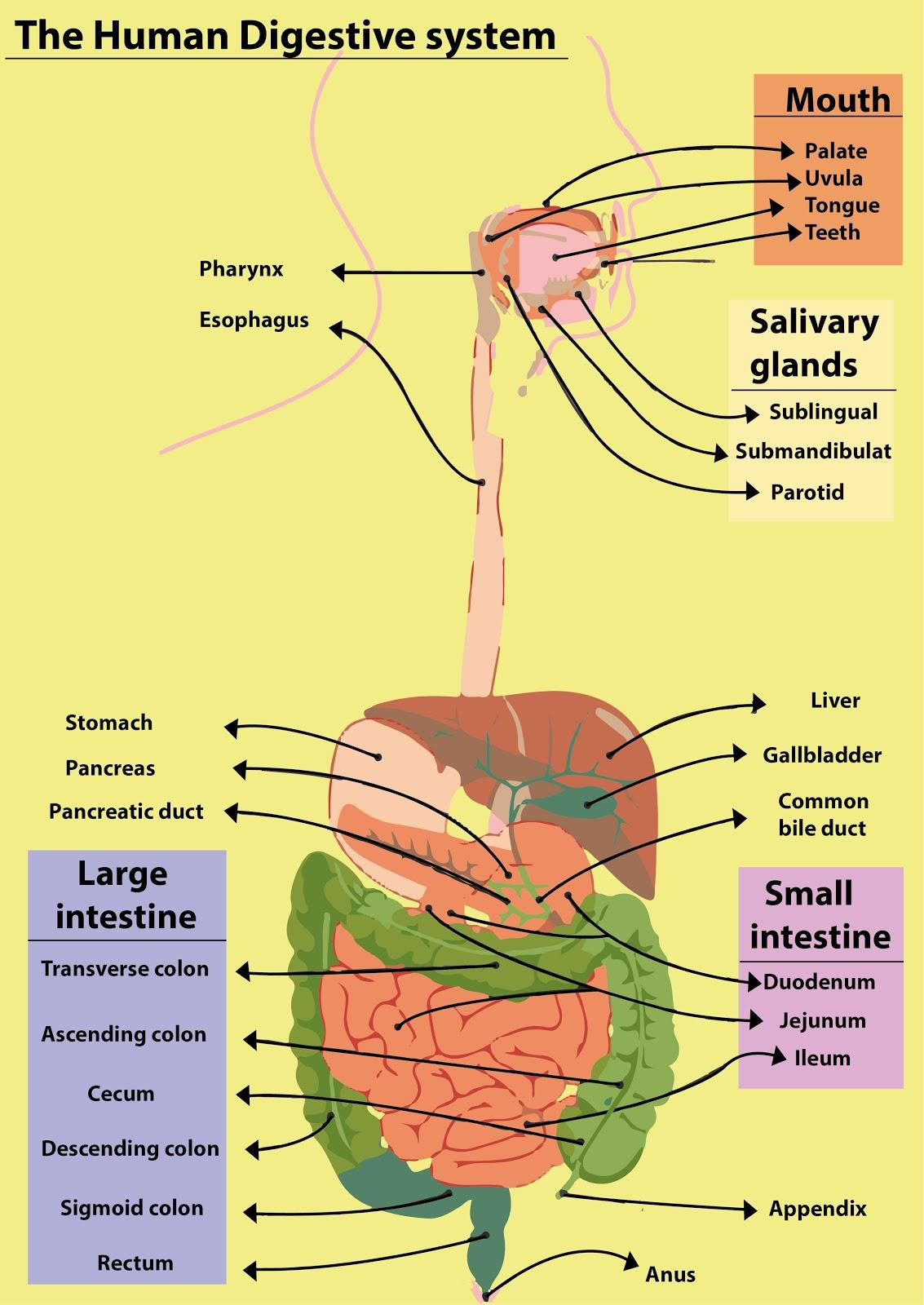
The human body is a complex machine that consists of multiple organs, each with its own function. The rib cage is one of the essential parts of the human body that houses several vital organs that are necessary for the body's functioning. The rib cage is a bony structure that surrounds the thoracic cavity and protects the organs that lie within it.
The Heart

The heart is one of the essential organs in the human body, and it lies beneath the rib cage, in the center of the chest. It is responsible for pumping blood throughout the body, and it is vital for survival. The heart has four chambers, and each chamber has its own function. The left side of the heart pumps oxygen-rich blood to the body, while the right side pumps oxygen-depleted blood to the lungs to get oxygenated.
The Lungs

The lungs are a pair of spongy organs that are located on either side of the chest, underneath the rib cage. The lungs are responsible for taking in oxygen and expelling carbon dioxide. The lungs are divided into lobes, and each lobe has its own function. The right lung has three lobes, while the left lung has two lobes.
The Liver

The liver is the largest internal organ in the human body, and it is located just beneath the rib cage on the right side of the body. The liver has several functions, including filtering blood, producing bile, and metabolizing nutrients. The liver is also responsible for detoxifying the body and breaking down drugs and alcohol.
The Spleen

The spleen is an organ that is located on the left side of the body, just beneath the rib cage. The spleen is responsible for filtering blood and removing old or damaged red blood cells. The spleen also plays a role in the immune system by producing white blood cells and antibodies.
The Pancreas
The pancreas is an organ that is located behind the stomach, and it lies beneath the rib cage on the left side of the body. The pancreas has two main functions: producing digestive enzymes that help break down food and producing hormones that regulate blood sugar levels. The pancreas plays a crucial role in the digestive and endocrine systems.
The Kidneys

The kidneys are two bean-shaped organs that are located on either side of the spine, just below the rib cage. The kidneys are responsible for filtering waste from the blood and regulating fluid balance in the body. The kidneys also play a role in regulating blood pressure and producing hormones that stimulate the production of red blood cells.
The Stomach
The stomach is an organ that is located in the upper abdomen, just beneath the rib cage. The stomach is responsible for breaking down food and mixing it with digestive juices to create a liquid mixture called chyme. The stomach also plays a role in regulating the release of food into the small intestine for further digestion.
The Gallbladder
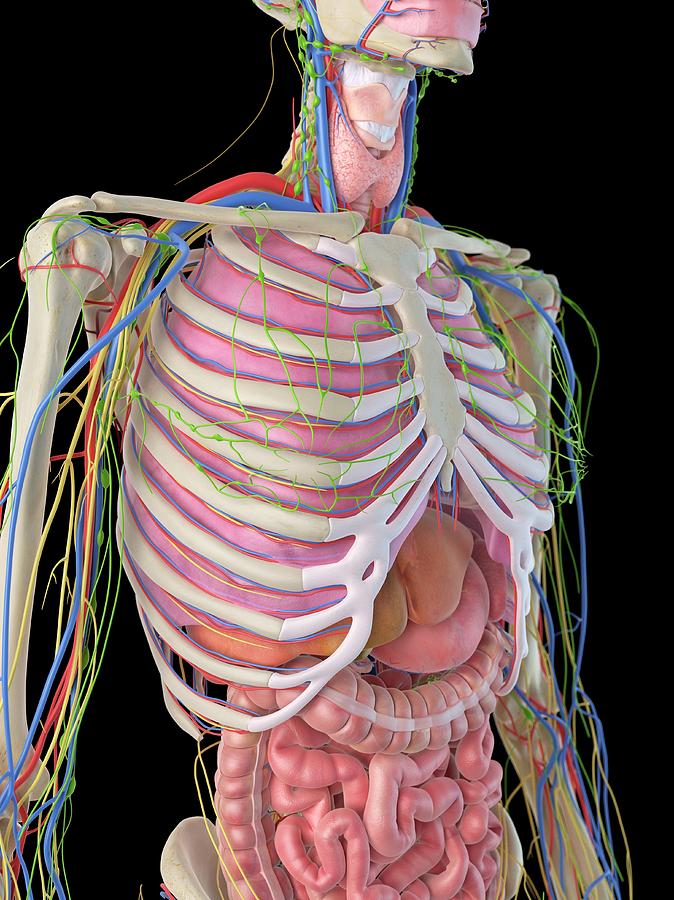
The gallbladder is a small organ that is located beneath the liver, just beneath the rib cage on the right side of the body. The gallbladder is responsible for storing and releasing bile, which is produced by the liver and helps to break down fats in the small intestine. The gallbladder plays a crucial role in the digestive system.
The Intestines

The intestines are a long, tube-like organ that is located in the abdomen, just beneath the rib cage. The intestines are responsible for absorbing nutrients from digested food and eliminating waste products from the body. The intestines are divided into two sections: the small intestine and the large intestine.
The Adrenal Glands

The adrenal glands are two small glands that are located on top of each kidney, just beneath the rib cage. The adrenal glands are responsible for producing hormones that regulate the body's response to stress, including cortisol and adrenaline. The adrenal glands also play a role in regulating blood pressure and maintaining fluid balance.
The Diaphragm

The diaphragm is a sheet of muscle that is located just beneath the rib cage and separates the chest cavity from the abdominal cavity. The diaphragm plays a crucial role in breathing by contracting and relaxing to create changes in pressure that allow air to flow in and out of the lungs.
The Esophagus

The esophagus is a muscular tube that connects the mouth to the stomach, and it lies beneath the rib cage in the chest. The esophagus is responsible for transporting food from the mouth to the stomach for further digestion. The esophagus has a series of muscles that contract in a wave-like motion to move food down towards the stomach.
The Thymus
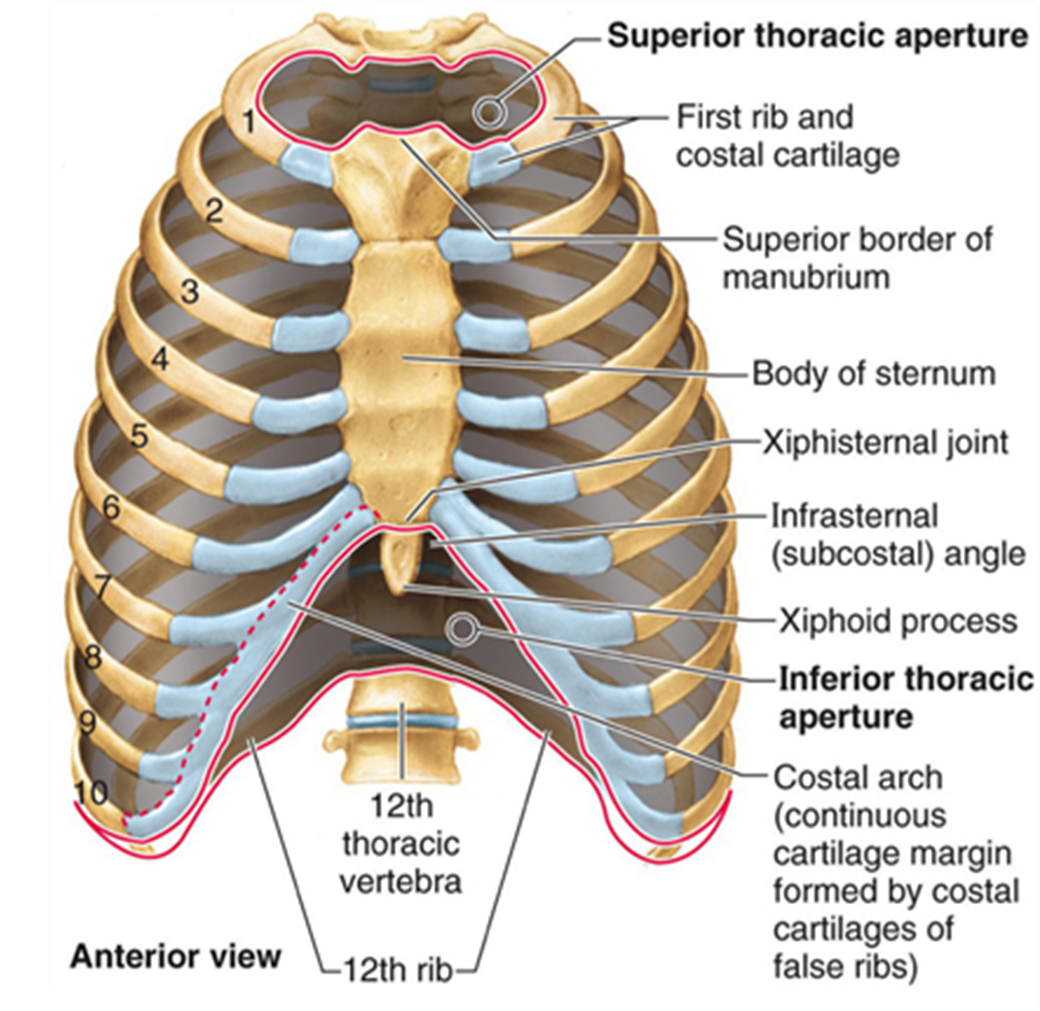
The thymus is a small organ that is located in the upper chest, just beneath the rib cage. The thymus plays a crucial role in the immune system by producing T-cells, which are white blood cells that help to fight off infections and diseases. The thymus is most active during childhood and adolescence and begins to shrink in size as we age.
The Psoas Major Muscle

The psoas major muscle is a long, thick muscle that is located on either side of the lumbar spine, just beneath the rib cage. The psoas major muscle is responsible for flexing the hip joint and stabilizing the spine. The psoas major muscle can become tight or strained due to prolonged sitting or poor posture, leading to lower back pain.
The Quadratus Lumborum Muscle

The quadratus lumborum muscle is a deep muscle that is located on either side of the lumbar spine, just beneath the rib cage. The quadratus lumborum muscle is responsible for stabilizing the spine and pelvis and assisting with lateral bending and rotation of the trunk. The quadratus lumborum muscle can become tight or strained due to poor posture or overuse, leading to lower back pain.
The Ribs
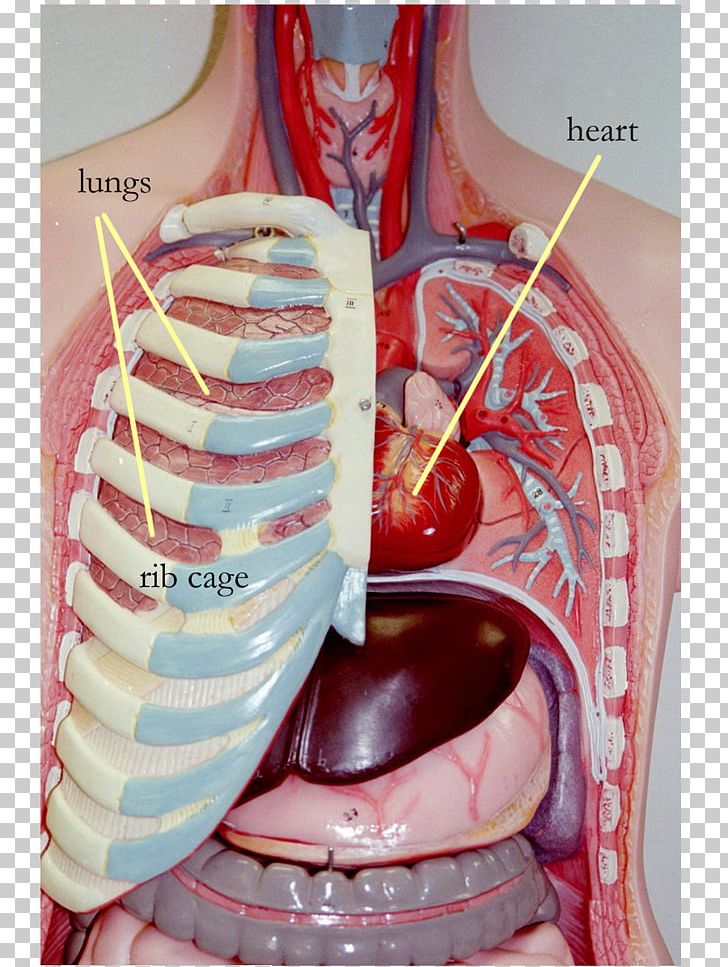
The ribs are a series of bones that form the rib cage, which surrounds the thoracic cavity and protects the organs within it. The rib cage is made up of 12 pairs of ribs, and each rib attaches to the spine and curves around to the front of the body. The ribs play a crucial role in protecting the internal organs and supporting the upper body.
In Conclusion
The organs that lie beneath the rib cage are essential for the body's functioning and survival. Each organ has its own function, and they work together to keep the body healthy and functioning correctly. It is crucial to take care of these organs by maintaining a healthy diet, exercising regularly, and seeking medical attention if any problems arise. By doing so, we can keep our bodies functioning at their best and live a long and healthy life.
Related video of Organs Under Your Rib Cage

Introduction
Carrots are a popular root vegetable that are enjoyed by many people. They are known for their sweet and crunchy taste, as well as their bright orange color. But have you ever wondered why carrots are orange? In this article, we will explore the history and science behind the orange color of carrots.
History of Carrots
The modern carrot that we know today was first cultivated in Afghanistan more than 1,000 years ago. At that time, carrots were not orange, but rather purple, white, and yellow. The orange carrot that we are familiar with today was developed in the Netherlands in the 17th century, as a tribute to the House of Orange, the ruling family of the Netherlands.

Why Are Carrots Orange?
The orange color of carrots is due to the presence of a pigment called beta-carotene. Beta-carotene is a type of carotenoid, which is a group of pigments that are found in many fruits and vegetables. When we eat foods that are high in beta-carotene, our bodies convert it into vitamin A, which is essential for good vision, healthy skin, and a strong immune system.

Other Colors of Carrots
As mentioned earlier, there are many different colors of carrots, including purple, white, yellow, and even black. These colors are also due to the presence of different types of pigments, such as anthocyanins, which give purple carrots their color, and xanthophylls, which give yellow carrots their color.

Health Benefits of Carrots
Carrots are not only delicious, but they are also very nutritious. In addition to being a good source of vitamin A, they are also rich in fiber, potassium, and antioxidants. Eating carrots regularly can help reduce the risk of heart disease, improve digestion, and promote healthy skin and hair.

Cooking with Carrots
Carrots can be enjoyed in many different ways, including raw, cooked, or juiced. They can be added to soups, stews, salads, and stir-fry dishes, or eaten as a snack with hummus or other dips. Carrots can also be used to make desserts, such as carrot cake or carrot muffins.

Conclusion
In conclusion, the orange color of carrots is due to the presence of beta-carotene, which is a type of carotenoid that is converted into vitamin A in our bodies. Carrots are also available in many other colors, each with their own unique set of pigments and health benefits. So next time you enjoy a carrot, remember the history and science behind its vibrant color.
Related video of Orange Person From Carrots

Have you ever found yourself in a situation where you are conversing with someone, and they use a phrase that you don't quite understand? Or maybe you understand the words, but the way they have been put together just doesn't make sense to you. This is where the meaning of language comes into play. Language is a tool that we use to communicate with one another, but it is not always straightforward.
The Complexity of Language

Language is a complex system that has evolved over time. It consists of sounds, words, grammar, and syntax. When we use language, we are not just conveying information, but we are also expressing our thoughts, feelings, and emotions. The meaning of language is not always literal; it can be figurative, metaphorical, or even sarcastic.
For instance, when someone says, "It's raining cats and dogs outside," they are not literally saying that cats and dogs are falling from the sky. The phrase is a metaphor for heavy rain. Similarly, when someone says, "I could eat a horse," they are not saying that they want to eat a horse. The phrase is an exaggeration to express hunger.
The Importance of Context

The meaning of language is not just dependent on the words themselves, but also on the context in which they are used. Context refers to the situation, setting, and cultural background in which the words are spoken or written. For instance, the word "cool" can mean something different depending on the context. In a climate-controlled room, it could mean "not warm." In slang, it could mean "fashionable" or "impressive."
Context is also important in understanding sarcasm, irony, and humor. For example, the statement, "Oh great, another meeting," could be interpreted differently depending on the context. If it is said with a smile and a wink, it could be interpreted as sarcasm. If it is said with a sigh and a frown, it could be interpreted as a genuine complaint.
The Role of Perception

The way we perceive language can also affect its meaning. Perception refers to the way we interpret and make sense of the information that we receive through language. Our perception can be influenced by our past experiences, beliefs, values, and cultural background.
For instance, the word "freedom" may mean something different to someone who has grown up in a democratic society than to someone who has grown up in a dictatorship. Similarly, the word "love" may mean something different to someone who has experienced heartbreak than to someone who has never been in a romantic relationship.
The Evolution of Language

Language is not static; it is constantly evolving. New words are added to the lexicon, and old words take on new meanings. The way we use language is also influenced by technology, social media, and globalization.
For instance, the word "tweet" used to refer to the sound that a bird makes. Now, it is also a verb that means to send a message on Twitter. Similarly, the word "friend" used to refer to someone you knew personally. Now, it is also a verb that means to connect with someone on social media.
The Challenge of Translation

Translating language from one language to another can be a challenging task. It is not just a matter of finding equivalent words in another language, but also of understanding the cultural nuances and the context in which the words are used.
For instance, the word "mañana" in Spanish can mean "tomorrow," but it can also mean "not today." The word "saudade" in Portuguese refers to a feeling of longing or nostalgia, but it has no direct translation in English.
The Importance of Clear Communication

Clear communication is essential to avoid misunderstandings and misinterpretations. It is important to use language that is appropriate for the situation and the audience. It is also important to clarify any ambiguous or unclear language.
For instance, if someone says, "I'll meet you later," it is important to clarify what time and where. If someone uses a slang term that you are not familiar with, it is important to ask for clarification.
The Power of Language

Language has the power to unite and divide, to inspire and to hurt. It can be used to convey love, hate, joy, and sorrow. It can also be used to manipulate and deceive.
For instance, propaganda is a form of language that is used to influence people's beliefs and opinions. Advertising is another form of language that is used to persuade people to buy products or services.
The Beauty of Language

Despite its complexity, language can also be beautiful. It can be used to create poetry, literature, and art. It can also be used to express gratitude, compassion, and empathy.
For instance, the poem "I Wandered Lonely as a Cloud" by William Wordsworth uses language to create a vivid image of nature. The book "To Kill a Mockingbird" by Harper Lee uses language to explore themes of racism and injustice.
Conclusion
The meaning of language is a complex and multifaceted concept. It is dependent on factors such as context, perception, and evolution. Clear communication is essential to avoid misunderstandings and misinterpretations. Language has the power to unite and divide, to inspire and to hurt. Despite its complexity, language can also be beautiful and used to express gratitude, compassion, and empathy.